GOATs of Clay – Slipping and Sliding to Glory on the Red Dirt!
What makes tennis more exciting and dynamic is how, in order to succeed, players have to adapt to a variety of surfaces and playing conditions during a single calendar year. Each surface has different characteristics and hence demands expertise in multiple facets of your game. The surfaces include hard (indoor, outdoor), clay and grass during the each calendar year, with every sporting venue having varying speeds and weather conditions. Hence, the need to adjust one’s playing style and tactics accordingly.
But amongst these surfaces, clay in particular, is known to be the most physically demanding of them all. The hallowed red dirt is much slower as it absorbs the energy off the ball after the bounce, propelling the ball much higher. Players have more time to retrieve the ball which often leads to longer rallies and inevitably longer matches.
As per Roland Garros’ official website, a clay court is laid out in five layers – stones first, then at least 30 cm gravel, followed by clinker (coal residue) of 7-8 cm, crushed white limestone of 6-7 cm and finally a thin layer of 1-2 mm of red brick dust, giving the courts their ochre hue.
A player’s athleticism is on full display with his or her ability to endure and problem- solve simultaneously, being tested to the limit. The slower surface makes it much more challenging to hit clean winners on a neutral ball. The big serves are neutralised handily and every point feels hard-earned. As coach and former Spanish player Jose Higueras once said, “It (clay) awakens your tennis IQ”. You learn how to build points, find better angles and develop immense patience.
Learning to slide on the surface and timing that slide to perfection, to get to balls that feel impossible to reach to, is a skill one needs to excel at on the red dirt. No wonder success on this red brick dust-covered surface has eluded some great champions like Pete Sampras, Boris Becker, Stefan Edberg, John McEnroe, Jimmy Connors, John Newcombe, Lleyton Hewitt, Venus Williams, Martina Hingis etc.
A vast majority of tournaments are played on clay, all spread out across the calendar year, however, the prime clay season starts in April in Europe in the picturesque locations of Monte Carlo, Barcelona, Munich, Madrid and Rome and culminating in Paris at the end of May/early June at Roland Garros, the crown jewel of the clay season and the only Grand Slam played on clay.
Who are the greatest men’s players of all time on clay? The Greatest Of All Time (GOAT) debate may never reach its final conclusion as it is a subjective argument. Parameters of comparison are in abundance and the weightage assigned to each parameter is also debatable.
Moreover, it may not be prudent to compare players from different eras as factors like playing conditions, technology, equipment and the quality of opponents are not constant. The current top clay players just have different challenges.
But what’s the fun in not delving into statistics to narrow down the list. While there a number of metrics to consider, I’ve listed the 3 most important ones in my opinion:
Overall winning % on the surface over at least 200+ matches:

Number of overall clay court titles:
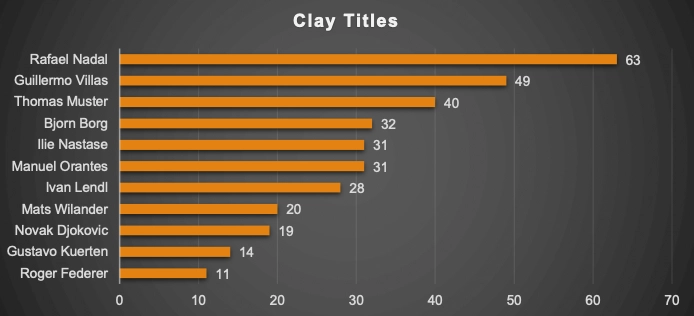
Number of French Opens / French Open Finals:
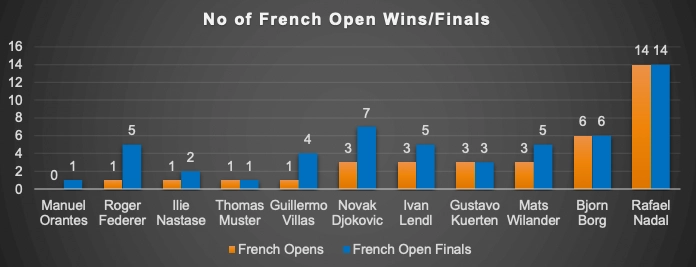
Based on the above, the greatest men’s clay court players are:
Rafael Nadal
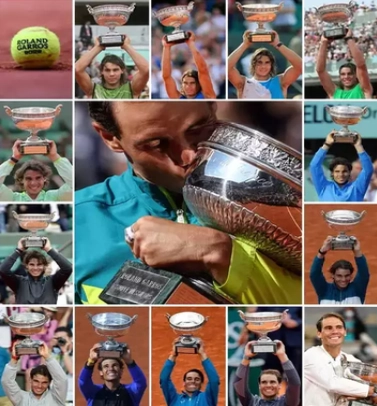
It’s a no-brainer to conclude that Rafa Nadal is the undisputed King of Clay, winning an unprecedented 14 French Opens with a perfect record in French Open finals. 4 out of these 14 wins have come without dropping a set.
Nadal won the French Open as a teenager in his first appearance in 2005. He then went on to win the title 8 more times in the next 9 years.
Rafa has won the most titles on clay ever – 63, which includes 25 Masters 1000s – 11 in Monte Carlo, 10 in Rome and 4 in Madrid. He has lost only 8 finals in total on the surface. The Spaniard’s winning % on clay is also the highest ever – 91.3% *, which goes up to 97.4% (112-3 win-loss) at Roland Garros, spanning over 2 decades.
He has won 4 different clay tournaments, more than 10 times each – Monte Carlo, Rome, Barcelona and Paris, a feat which may never be accomplished again.
Rafa has also smashed the record for the highest winning streak on a surface by a country mile. Between April 2005 and May 2007, he went on an unbeaten run on clay for 81 consecutive matches, winning a mind-boggling 13 consecutive clay court titles during this period. The streak was broken in the Hamburg 2007 final by Roger Federer. The record was previously held by Guillermo Villas (53 matches), another clay court legend whom we cover later.
* Still an active player. The statistics might change in the future.

It’s not only the wins, it’s the way he would destroy the will of opponents on the surface, unleashing bombs on his off-forehand side using his never-seen-before level of topspin. To top it off, he had the stamina of a bull, chasing down every ball, turning defence into offence and making the opponent play one extra ball.
Rafa is also the only player to win the ‘Clay Slam’ – winning Monte Carlo, Madrid, Rome and the French Open in a single season (2010). To conclude, it will be difficult to witness a better player on a clay court, in our lifetime at least.
Björn Borg
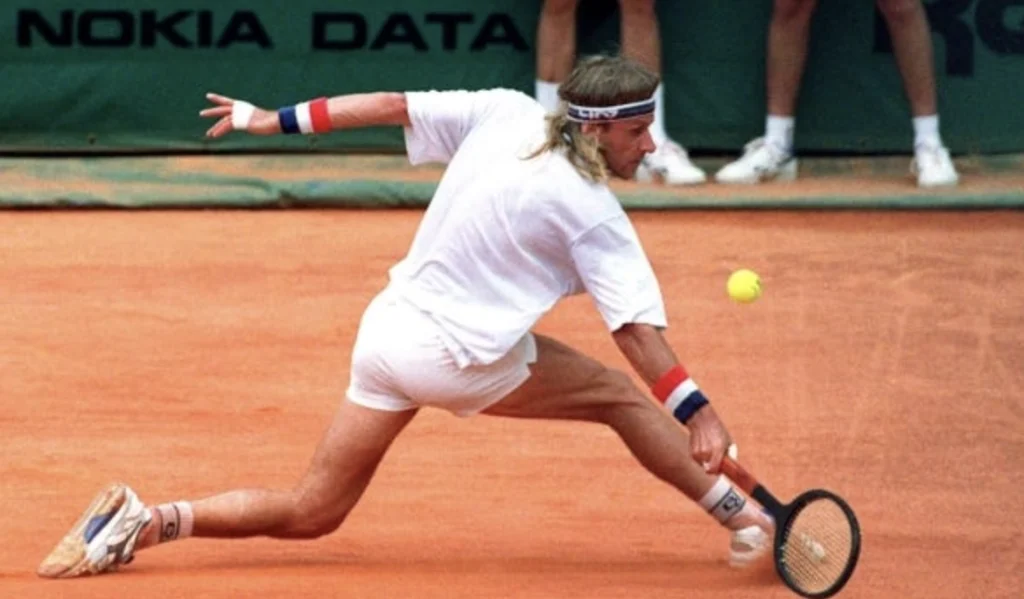
The Swedish phenom is by far the 2nd best clay court player of all time, winning 6 French Opens and having an overall win% of 86.1% on the surface. In my opinion, he is the only player who comes close to Nadal, if any. With a 49-2 win/loss record at the French Open, he won all six finals he played there.
The Swede dominated the red dirt during his prime in the 1970s, accumulating 32 titles during his relatively short career (retired early at the age of 26!). He still holds the record for winning a Major (1978) with fewest games lost (32).
Borg’s fitness, heavy topspin and strong and consistent groundstrokes made him a dominant force on clay. He also went on a 48-match winning streak on the surface between 1979-1980 as indicated by the graphic shown earlier. Similar to Nadal, he would win matches comprehenqsively on the surface, giving away very few games to the opponent. Had he been around on the tour longer, who’s to say how many more titles he would have won; we will never know.
Ivan Lendl
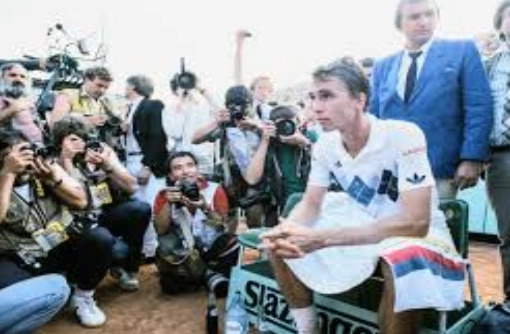
The Czech-American former world number 1 (for 270 weeks) is arguably the 3rd greatest clay court player of all time with an overall win% of 81.0% and 28 titles of his 94 career titles coming on the red dirt, including 3 French Opens. He made it to 5 finals at Roland Garros. He might not have been the most popular, but was surely one of the most consistent players on tour, reflected by his >90% winning % across 5 different tennis seasons. His game style involved heavy topspin and aggressive baseline play, with a powerful forehand.
Novak Djokovic
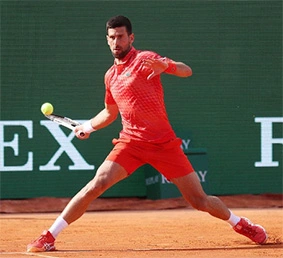
Based on his overall numbers, the Serbian is arguably the greatest of all time. Though clay is his least successful surface, he still makes it to the top 5, based on his current win% of 80.3%* and 7 Roland Garros finals, winning 3 of them.
Also, 11 of his 19 clay court titles are Masters 1000s (2nd highest overall) which is significant, especially in the era of Rafa Nadal. These include 6 in Rome, 3 in Madrid and 2 in Monte Carlo. Moreover, he has been one of the most consistent players at Roland Garros over the last 2 decades, making it to the QF or better in 17 of the last 19 years, which includes 7 finals and 5 semi-finals.
Some weightage also needs to be given to the fact that he is one of the only two players to beat Rafa at Roland Garros and the only player to beat him twice. Similar to Roger Federer, Djokovic’s title count on clay would have been far greater had he been playing in an era not having Rafa (20 of his 67 losses on the surface have come to Rafa!).
* Still an active player, hence his numbers will change. The analysis is based on the current numbers
Guillermo Villas
The Argentine legend won a whopping 49 titles on clay and had a 53-match winning streak on the surface. This was supported by an overall win% of 79.7%, which is the 5th highest on the all-time list and this was over 854 matches played!
He was kind of an earlier of version of Nadal – a southpaw who played with heavy top spin and had a strong burly frame with loads of stamina. 1977 was probably his most dominant year when he won 17 out of 33 tournaments and had 145 wins vs only 14 losses. He went on a streak of 46 consecutive match wins, also winning the French and US Open (played on clay at that time).
Some may argue that he should be in the top 3 of this list, however, he only won one French Open and had a lower overall win% on the surface compared to Novak Djokovic and Ivan Lendl, who won 3 French Opens each. Moreover, he made it to only 4 French Open finals compared to Djokovic’s 7 and Lendl’s 5. Villas was irrefutably a master of clay, an all-time great, he still has the highest number of match wins on the surface in the open era and the 2nd highest number of titles on clay. He featured in 77
clay court finals in his career – the highest ever. However, we are assigning more weightage to the biggest titles and the overall win%. Also, Villas would have amassed many more French Opens had he not being playing in the same era as Borg.
Honourable mentions to Mats Wilander, Gustavo Kuerten, Thomas Muster and Roger Federer.
Mats Wilander would probably feature in 6th on the list. One of the few champions who won grand slams on all 3 surfaces, he was also one of the greatest players on clay. He also made it to 5 French Open finals and won 3 of them, the most famous one being 1982, when he won the tournament unseeded ss a 17-year old. However, he did not make it to the top 5 list due to his relatively lower overall winning % on clay and less number of titles.
Thomas Muster, the Austrian southpaw, is regarded as one of the best clay court players ever, with 40 of his 44 career titles coming on clay. The Austrian won 24 consecutive clay court finals between May 1990 and July 1995. In 1995, he won 40 consecutive matches on the red dirt, which was one of the longest streaks on the surface back then, since Bjorn Borg’s 48-match winning streak between 1977-1979. However, he made it to only one final at Roland Garros, winning it in 1995.
Gustavo Kuerten was a transformed player when he stepped on the red dirt, especially in Paris. The Brazilian with a beautiful one-handed backhand, played 3 French Open finals, winning all 3 of them. He also has 14 clay court titles to his name. Kuerten is undoubtedly among the best players on clay, however his low overall win% on clay of 69.9% pushes him down the rankings.
Roger Federer, is the third best clay court player of his generation (after Nadal and Djokovic) and would have probably been amongst the top 5 greatest of all of time on clay, had he been playing in an era other than the one which had the greatest clay- courter of all time. Even though clay was his least preferred surface, the Swiss maestro made it to 5 French Open finals in 6 years, losing 4 of them to Rafa.
He still has a win % of 76.1% on the red dirt and excluding his matches to Rafa on clay, that % would go up to 79.7%. But even though he was dominating the rest of the tour, we cannot ignore the losses to Rafa and hence based on his overall winning % and French Open wins and number of titles, he does not make it to the elite 5.
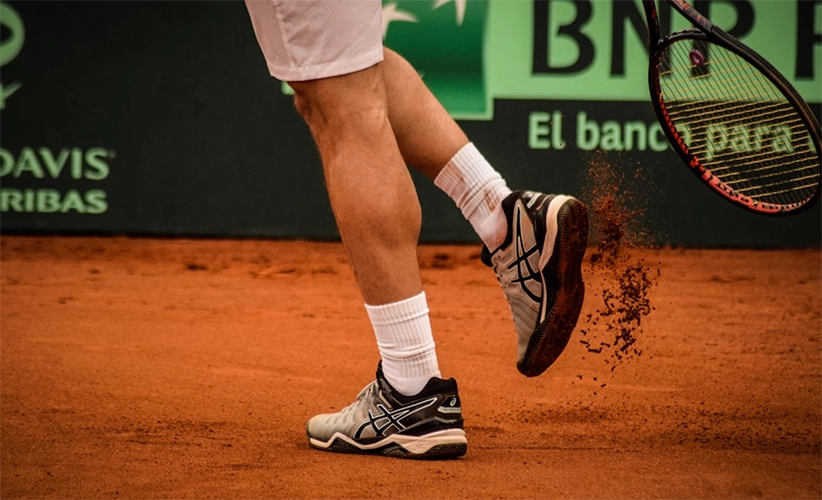


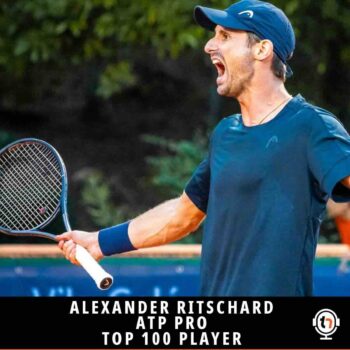
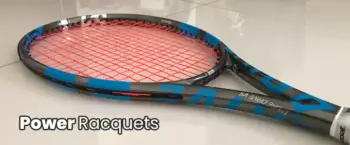
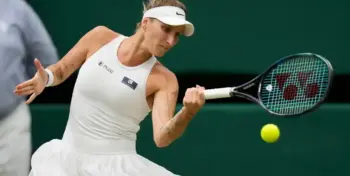
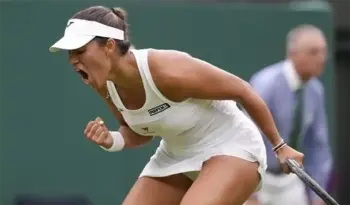
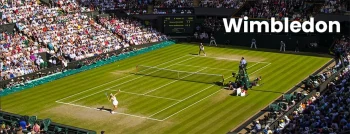




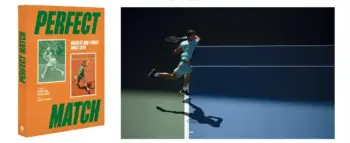



Roger not being top 5 despite beating Novak at RG when Novak was at the top of his game is a tragedy and a mistake of this list. Rogers level on clay was higher than vilas and equal or better to novak at their peaks. Roger has a bad matchup against Rafa and suddenly he cant make the top 5 lol so funny.